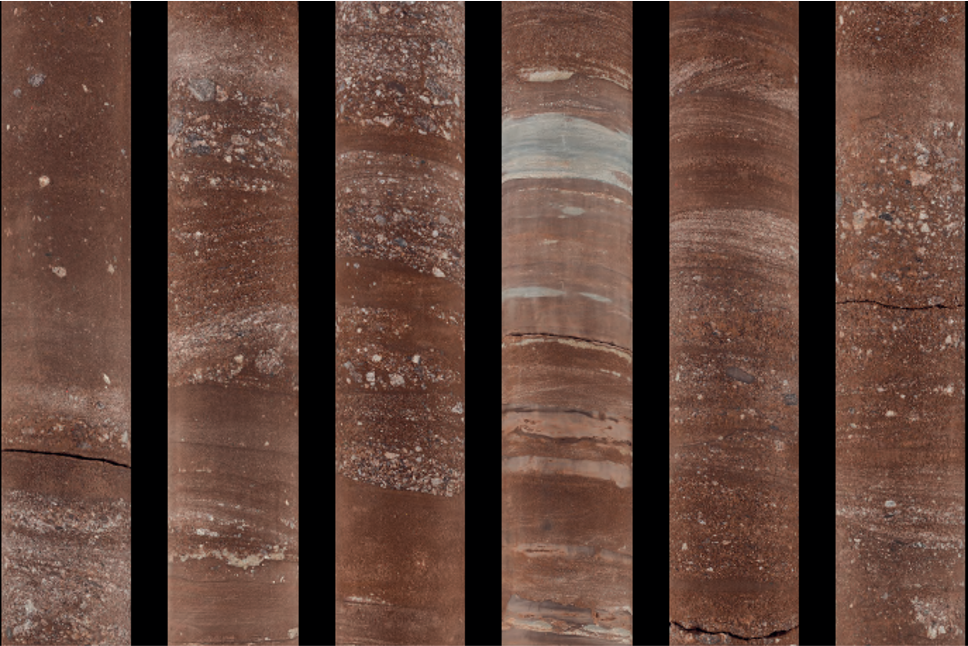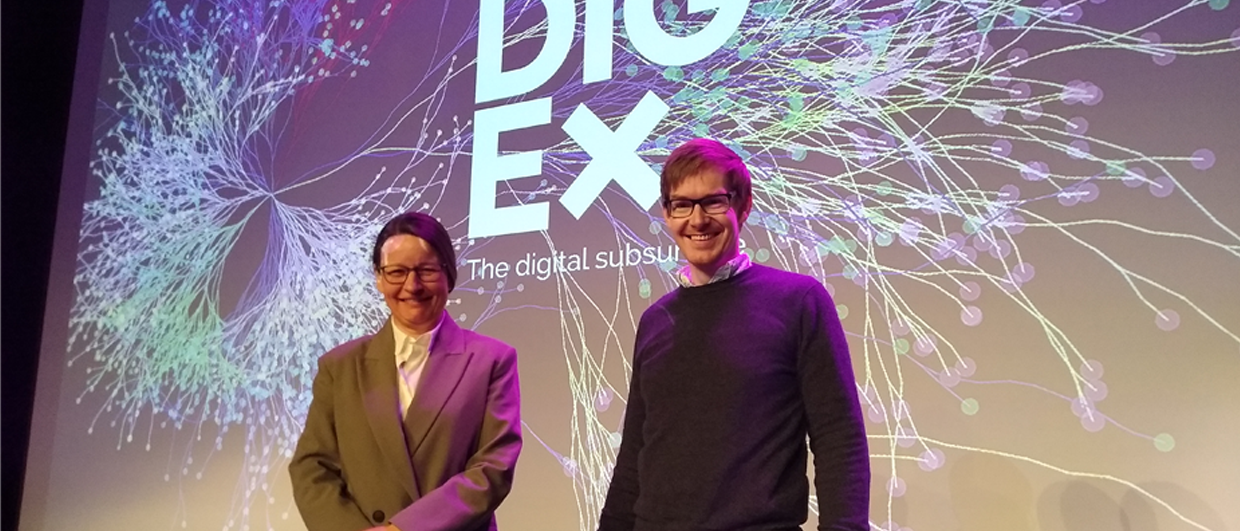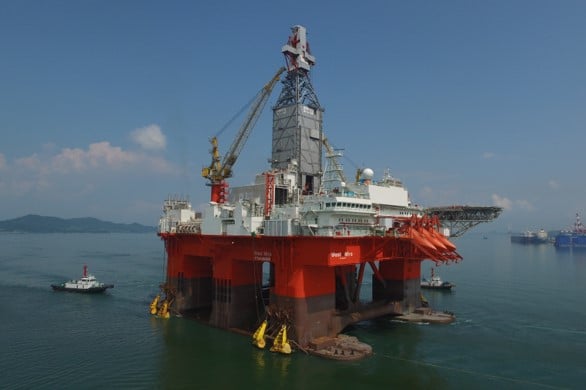An extensive research programme is currently underway in Switzerland with the aim to identify the best location for the safe storage of nuclear waste. Three areas have been selected in the north of the country, all of which are now subject of exploratory drilling. In contrast to oil and gas exploration drilling, where only the target reservoir tends to be cored if at all, this type of projects require a much more holistic understanding of the entire subsurface interval. This explains why the boreholes have been almost fully cored, resulting in a great dataset that can also be used for those not necessarily interested in the nuclear waste disposal process itself.

The company in charge of the process of drilling and the analysis of the results is NAGRA, the national technical competence centre in the field of deep geological disposal of radioactive waste. Having recently completed a borehole (Bülach-1-1) in the Nördlich Lägern region, the results of the well have now been made publicly available through the NAGRA website.
The main target for the construction of the underground disposal site is the Middle Jurassic Opalinus Clay Fm. In Bülach-1-1 the thickness of this formation reaches slightly more than 100 m, with a top depth of approximately 900 m. As mentioned above, both the under- as well as the overburden have been cored, which has resulted in a cored interval of around 840 m.
The core photographs can be downloaded through this link, providing an interesting insight in the sediments deposited from Permian up to Upper Jurassic rocks. With Switzerland being located in a Tethyan domain during the Mesozoic, especially the Triassic has a more marine character than what is usually seen in the Northern North Sea. The Permian interval at the bottom of the well records some coarse grained sections (see headline image).
Also worth a look is the reefal structure overlying the Opalinus Clay in this well. Identified in seismic as an area of positive relief, researchers had predicted the presence of a reef-like structure in the area. However, outcrop data confirming this geological setting was not available, so the discovery of a reef forms an exciting geological find. NAGRA is now planning for a potential second well to be drilled in area, with the idea to test the interval where the reef is not present.
HENK KOMBRINK



